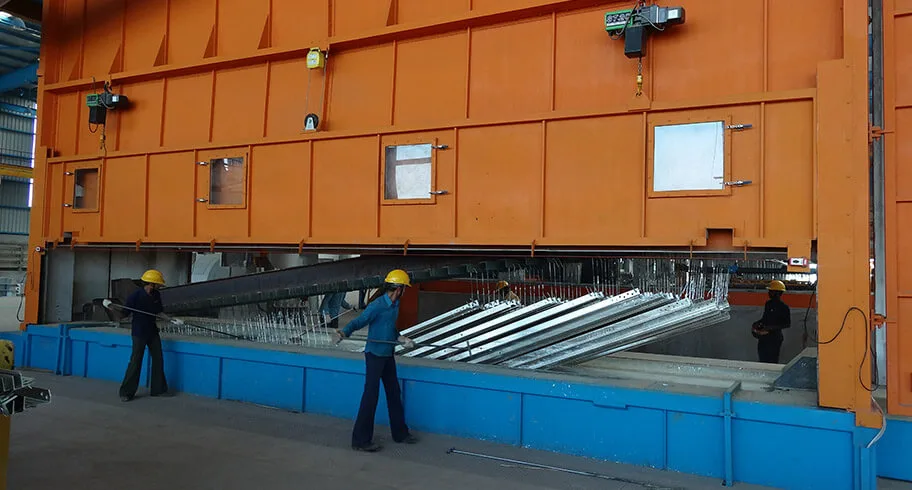Galvanizing furnace process transforms metal by leaps and bounds
At the outset, make an endeavour to comprehend the all-important term, galvanization. Since school days, the term keeps cropping up, time and again. So, what’s galvanization? According to industry experts, galvanization encompasses applying a protective zinc coating to metals like iron and steel. The layer formed as a result of galvanization protects the metal from rusting. Considering its significance, companies cutting across domains are leveraging the galvanization process.
How does the process work
Metal or tools and machinery to be galvanized are submerged in a bath of molten zinc under a systematic process. The zinc coating prevents corrosive substances from reacting with the metal. The zinc protective layer serves as a sacrificial anode. It protects the metal from rusting. The zinc layer when exposed to the harsh weather forms a compact patina, being insoluble further strengthens the metal. Without zinc layer, metal develops rust. Rusting depends on the weather conditions. Metal exposed to sea rusts faster.
Galvanizing furnace
The galvanization process is carried out within the four walls of the galvanizing furnace. Its casing is fabricated through premium quality mild steel rolled sections. To insulate the casing, the finest quality ceramic fibers are installed. Similar measures elevate kettle life and make the kettle fuel-efficient.

Galvanization process
Here are a few initial steps involved in galvanizing furnace process:
- The metal is first cleaned in a degreasing solution
- The metal is lowered into a container of diluted sulfuric acid
- The metal is fluxed in a zinc ammonium chloride
- After the flux process, the metal is suspended in a bath of molten zinc lava
Salient features
The galvanizing furnace manufacturers across the globe leverage modern technology to manufacture the product. Here are a few salient features of modern-day furnaces:
- Fully automatic
- High-velocity burners
- The premium quality ceramic fibre utilized for insulation
- Pulse firing operations Dual fuel
- Electrically operated
- Automated ignition system
- Base refractory
- PLC based burner management system
- Nickel chromium tubes for kettle supports
An automatic warning system enables the technicians to immediately note down the zinc leakage, if any, and address it at the earliest, without much damage.
